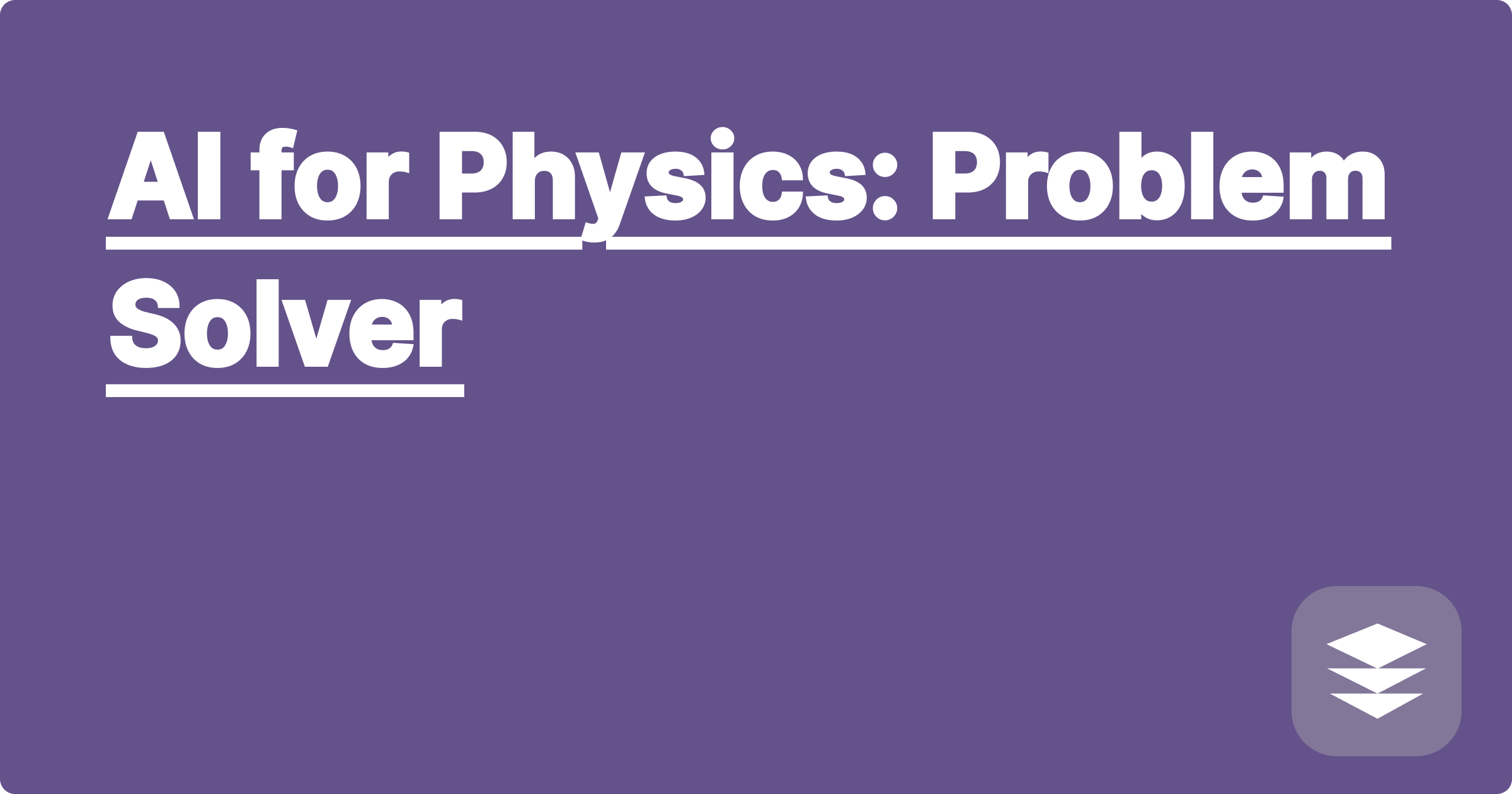
The world of STEM is exciting, challenging, and constantly evolving. For students and researchers alike, keeping up with the latest advancements and effectively tackling complex problems can feel overwhelming. Physics, in particular, presents a unique set of challenges, from grasping abstract concepts to solving intricate equations. Fortunately, the rise of artificial intelligence offers powerful new tools that can transform the way we approach learning and research in physics. AI is no longer just a futuristic concept; it's a practical problem-solver that can empower STEM students and researchers to achieve greater productivity and deeper understanding.
Imagine having a virtual research assistant available 24/7, capable of analyzing complex datasets, visualizing intricate patterns, and even generating potential solutions to challenging problems. This is the promise of AI-powered tools, and it's rapidly changing the landscape of STEM education and research. This blog post will explore how AI can be a game-changer for physics, providing practical strategies and real-world examples to help you harness its power. We'll delve into specific AI tools, explore their applications in various STEM fields, and offer actionable tips for integrating these tools into your workflow.
Physics often involves grappling with complex mathematical models, interpreting experimental data, and building conceptual understanding of abstract phenomena. Traditional learning methods can sometimes fall short in providing the personalized support and efficient tools needed to master these challenges. Students often struggle with translating theoretical concepts into practical problem-solving skills. Researchers can spend countless hours sifting through data, searching for meaningful patterns and insights. These challenges can lead to frustration, decreased productivity, and even hinder scientific progress. Furthermore, the sheer volume of information available in physics can be overwhelming, making it difficult to identify relevant resources and stay up-to-date with the latest advancements.
AI tools like ChatGPT, Wolfram Alpha, and specialized physics solvers offer a revolutionary approach to tackling these challenges. ChatGPT, for example, can be used to explain complex concepts in a more conversational and accessible way. Imagine struggling with the concept of quantum entanglement. Instead of sifting through dense textbooks, you can ask ChatGPT to explain it in simpler terms, providing examples and analogies to aid comprehension. Wolfram Alpha excels at symbolic computations, making it invaluable for solving complex equations and visualizing mathematical functions. It can even provide step-by-step solutions, helping students understand the underlying logic and methodology. Specialized physics solvers, some of which are integrated into online learning platforms, can analyze problem statements, identify relevant equations, and guide students through the solution process.
Let's walk through a practical example. Suppose you are struggling with a problem involving projectile motion. You can input the problem statement into Wolfram Alpha, specifying the initial velocity, angle of projection, and other relevant parameters. Wolfram Alpha will not only calculate the trajectory, range, and maximum height but also provide a visual representation of the projectile's path. You can then explore different scenarios by changing the input parameters and observing how the trajectory changes in real-time. Alternatively, you can use ChatGPT to break down the problem into smaller, more manageable steps. By asking targeted questions like "What are the relevant equations for projectile motion?" or "How do I calculate the horizontal and vertical components of velocity?", you can systematically work through the problem with the assistance of the AI.
The applications of AI in physics extend far beyond solving textbook problems. In research, AI algorithms are being used to analyze vast datasets from particle accelerators, telescopes, and other scientific instruments. For instance, researchers are using machine learning algorithms to identify patterns in astronomical data, leading to the discovery of new exoplanets and insights into the formation of galaxies. In materials science, AI is being used to predict the properties of new materials, accelerating the development of novel technologies. Consider a researcher studying the behavior of complex fluids. They could use AI-powered tools to analyze experimental data, identify correlations between different variables, and even develop predictive models for fluid behavior. This can significantly reduce the time and effort required for data analysis, allowing researchers to focus on interpreting the results and formulating new hypotheses.
To effectively integrate AI tools into your physics studies or research, it's important to develop a strategic approach. First, identify your specific needs and challenges. Are you struggling with understanding fundamental concepts, solving complex problems, or analyzing large datasets? Once you've identified your needs, research the available AI tools and choose the ones that best address those needs. Don't be afraid to experiment with different tools and find the ones that fit your learning style and research goals. Remember that AI tools are meant to be complements to, not replacements for, traditional learning and research methods. Use them to enhance your understanding, improve your efficiency, and explore new possibilities. Finally, stay up-to-date with the latest advancements in AI and explore how these advancements can be applied to your field of study.
In conclusion, AI is transforming the landscape of STEM education and research, offering powerful new tools for problem-solving and discovery. By embracing these tools and developing a strategic approach to their implementation, students and researchers can unlock their full potential and contribute to groundbreaking advancements in physics. Start exploring the world of AI-powered tools today and discover how they can empower you to achieve greater success in your academic and research pursuits. Don’t hesitate to experiment, learn from your experiences, and continue to refine your approach as the field of AI continues to evolve. The future of physics is intertwined with the power of AI, and the opportunities for innovation are limitless.